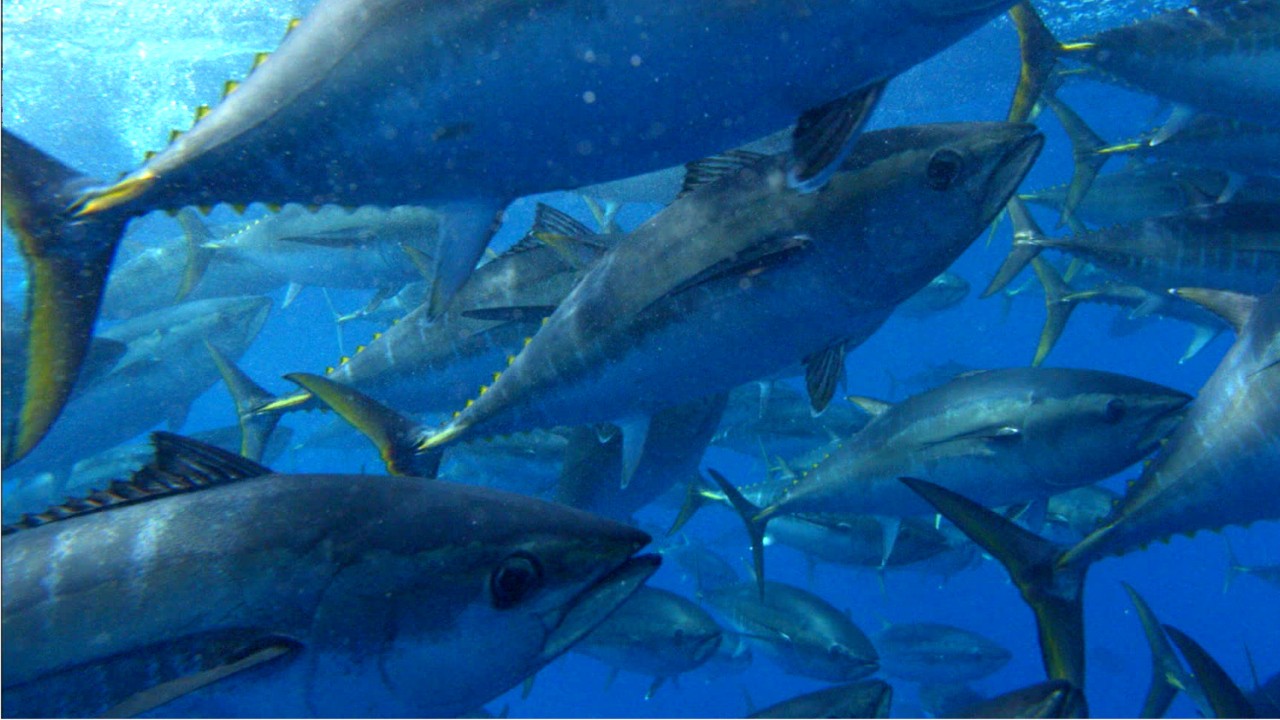Mercury levels in seafood are rising, and climate change is the culprit, study finds

Climate change is causing an increase of harmful mercury in fish, study finds
Regulations on mercury emissions have been shown to successfully reduce methylmercury levels in fish, which is why it has long been confounding to scientists that methylmercury levels in some fish were increasing.
CAMBRIDGE, Mass. - Many popular seafoods, such as cod, Atlantic bluefin tuna and swordfish, have been found to contain high levels of methylmercury, a harmful neurotoxin, with new research revealing that climate change and the resultant warming oceans are responsible.
The research comes from the Harvard John A. Paulson School of Engineering and Applied Science (SEAS) and the Harvard T.H. Chan School of Public Health (HSPH), and its findings were published in the journal Nature on Wednesday.
Regulations on mercury emissions have been shown to successfully reduce methylmercury levels in fish, which is why it has long been confounding to scientists that methylmercury levels in some fish were increasing.
Methylmercury is organic and will bio-accumulate across the food chain over time. This means that larger, more predatory organisms that sit at the top of the food chain will have higher levels of methylmercury than the organisms that they eat, which scientists have known for a long time. But this doesn’t entirely account for the recent increase in methylmercury levels.It also has to do with fishes’ size and speed, as well as their changing environment.
The researchers found that warming oceans resulting from climate change cause fish to expend more energy when they swim, which in turn causes them to burn more calories.
Fish that swim at high speeds or migrate long distances use far more energy than scavengers, which means that they consume more calories even though their bodies are generally leaner. These fish that burn a lot more calories are exposed to more methylmercury because they’re consuming so much more food without having extra body mass to dilute the harmful toxin.
Researchers used this insight to develop a model that can predict future methylmercury levels in particular fish.
One of the fastest-warming bodies of water in the world is the Gulf of Maine, and researchers found that methylmercury levels in Atlantic bluefin tuna from this region increased by 3.5 percent per year between 2012 and 2017.
An increase of 1 degree Celsius in seawater temperature relative to the year 2000, for example, would cause methylmercury levels in cod to rise by 32 percent and levels in spiny dogfish to rise by 70 percent.
Amina Schartup, former research associate at SEAS and HSPH and first author of the paper, told the Harvard Gazette that the capability to predict future mercury levels in marine life is the “Holy Grail of mercury research.” She explained that it has consistently been difficult to predict because no one was able to pinpoint what was causing such high levels of methylmercury in big fish.
Fish are the main source of human exposure to methylmercury, with 82 percent of population-wide exposure coming from the consumption of marine seafood, and almost 40 percent from fresh and canned tuna alone.
Marine life accumulate methylmercury, in part, from the inorganic mercury that collects in the atmosphere from natural and human source. About 80 percent of those inorganic mercury emissions end up getting deposited in the ocean, where microorganisms convert some of it to methylmercury.

“Climate change is going to exacerbate human exposure to methylmercury through seafood, so to protect ecosystems and human health, we need to regulate both mercury emissions and greenhouse gases,” Elsie Sunderland, who is a professor of environmental chemisty at SEAS and HSPS and a senior author of the study, told the Harvard Gazette. “It is important also to remember that fish are a very healthy food overall and when people switch away from fish in their diet they generally pick less healthy alternatives. We can all agree less methylmercury in these fish in the future would be a good thing.”

